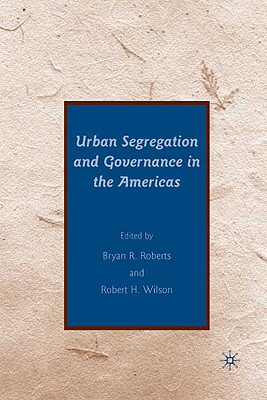Residential segregation is a key issue for good governance in Latin American cities. The isolation of people of different social classes or ethnicities has potential political and social consequences, including differential access to and quality of education, health and other services. This volume uses the recent availability of geo-coded census data and techniques of spatial analysis to conduct the first detailed comparative examination of residential segregation in six major Latin American metropolises, with Austin, Texas, as a US comparison. It demonstrates the high degree of residential segregation of contemporary Latin American cities and discusses implications for the welfare of urban residents.
| FindBook |
|
有 14 項符合
Roberts Wilson的圖書,這是第 2 頁 |
 |
$ 3299 | Urban Segregation and Governance in the Americas
作者:Roberts,Bryan R.(EDT)/Wilson,Robert H.(EDT) 出版社:Palgrave Macmillan 出版日期:2009-05-19 語言:英文 規格:精裝 / 14.6 x 21.6 x 1.9 cm / 普通級  看圖書介紹 看圖書介紹
|
 |
$ 0 電子書 | October Fury
作者:Wilson Roberts |
|
|
圖書介紹 - 資料來源:博客來 評分:
圖書名稱:Urban Segregation and Governance in the Americas
|











